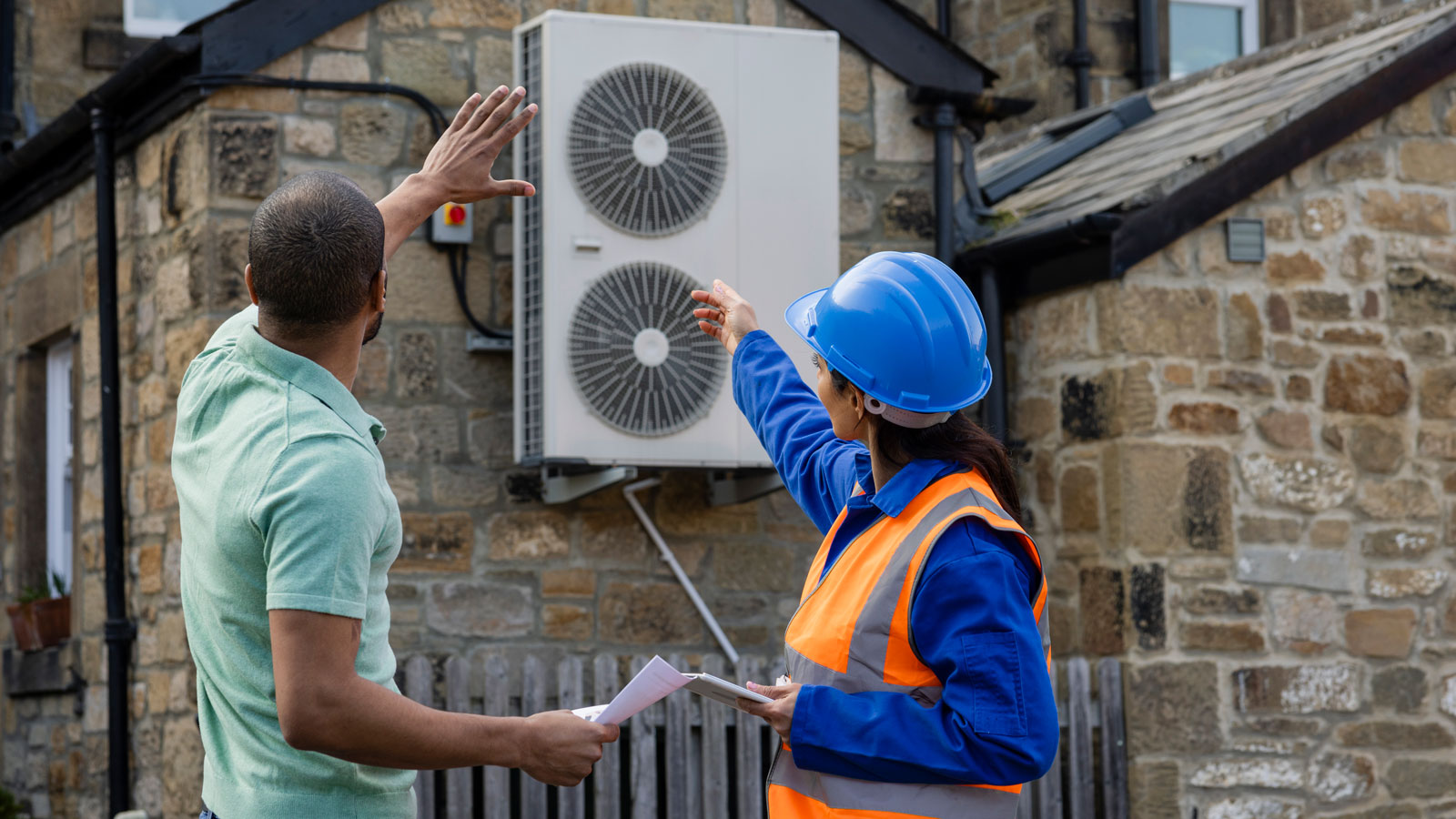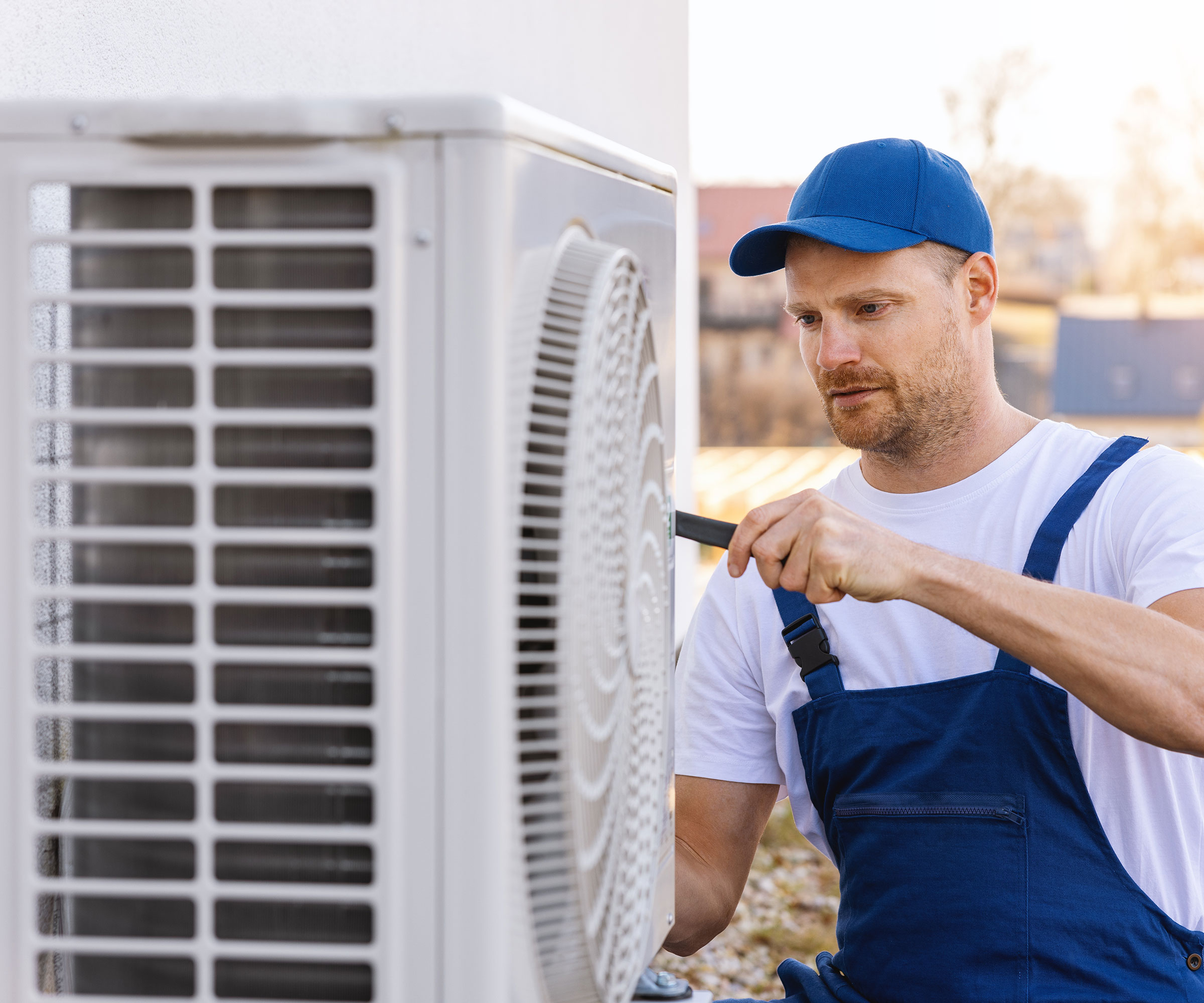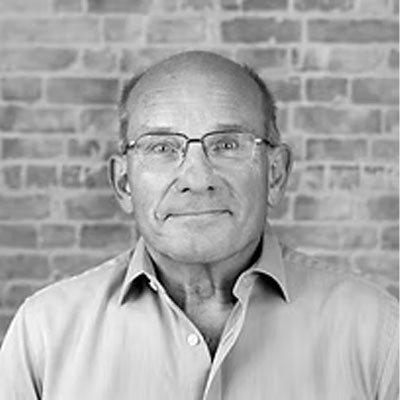The 6 top HVAC mistakes revealed by experts — and why professional input is essential
Don't let these 6 HVAC mistakes ruin what should be a worthwhile investment

Understanding the most common HVAC mistakes made by both installers as well as homeowners will mean that the money you spend isn't wasted, allowing you to enjoy all of the many benefits that come with heating, ventilation and air conditioning – aka HVAC – systems.
Errors range from those made during the selection process to blunders involving taking proper care of a new system – but all are easily avoided with the right know-how.
With that in mind, we asked two leading experts in the HVAC field for the most common mistakes they see time and time again, meaning you can avoid doing the same.
1. Choosing the wrong system size
The number one mistake both experts were keen to highlight to anyone considering installing HVAC is how often they see people specifying the wrong size unit their home.
'People often assume bigger is better, but an oversized system can short cycle,' explains Martyn Fowler, founder of Elite Renewables. 'That means it turns on and off too often, wasting energy and wearing out the unit faster.
'An undersized unit has the opposite problem,' continues Martyn. 'It runs constantly, yet still struggles to keep the home comfortable. The only way to get it right is with a proper heat load calculation that takes into account the home’s size, layout and insulation.'
'An undersized air source heat pump or boiler will run constantly, especially during those damp winters,' picks up Gerrit Jan Reinders, CEO of Reinders Corporation. 'Get proper heat loss calculations done by a qualified engineer, not just using a quick online calculator. This will ensure correct sizing for UK climate conditions.'
Bring your dream home to life with expert advice, how to guides and design inspiration. Sign up for our newsletter and get two free tickets to a Homebuilding & Renovating Show near you.


Founder of Elite Renewables, Martyn Fowler is one of the UK's leading renewable technology experts, working with heat pumps for the last 2 decades. His passion for decarbonisation matched with a deep technical experience of the technology make him one of the industry's go-to experts for all things renewable.

Gerrit Jan Reinders is a distinguished entrepreneur, investor, and business leader who represents the fourth generation of the Reinders family business empire. As the current CEO of Reinders Corporation, he oversees a diversified industrial conglomerate with global operations spanning over 100 countries, specializing in technical climate systems, greenhouse technology, and industrial solutions.
2. Getting HVAC positioning wrong
Once you have selected the right size system for your home, the next thing you will need to decide upon is where to locate it. While HVAC systems might not be the most attractive of items to have fixed to the outside of your home, and can certainly be a bit of a kerb appeal killer, it is important to bear in mind that certain locations could cause you issues.
'I often see heat pumps installed too close to boundaries where they annoy neighbors, or in spots where they can't get proper airflow,' explains Gerrit Jan Reinders. 'They need at least one metre of clearance on all sides.'
'Outdoor condensers need clear airflow so they need to be kept away from tight corners or walls that trap heat,' adds Martyn Fowler. 'Indoor units need to be mounted at the right height to distribute air properly.'
3. Bad plumbing installation
Just as with air source heat pump installation, sometimes problems are cause by the incorrect installation and positioning of plumbing and pipework. Both are easily avoided.
'I often see problems where pipework is run too long or there’s no space left for servicing,' reveals Martyn Fowler. 'You really need to pay attention to detail during the install.'
The key to avoiding this is to choose an installer with experience of this kind of work and who, ideally, comes with trusted recommendations.
'The best approach is to work with a qualified installer who takes the time to size and position the system properly,' adds Martyn.
4. Using the system incorrectly
If you are going to the expense of investing in HVAC, be sure to learn how it works and the best ways of operating these systems. This is a great time to look into heat pumps vs gas boilers to understand the differences between the two.
'Modern HVAC systems work differently from traditional gas boilers,' explains Gerrit Jan Reinders. 'Learn your new system's optimal settings and stick with them. Newer HVAC systems are designed to run efficiently at consistent temperatures, not the old on/off approach.'
If you are using a heat pump, it is worth knowing that this is another area where homeowners run into trouble.
'Homeowners often try to run heat pumps like gas boilers – turning them on and off throughout the day,' explains Gerrit. 'Heat pumps work best when left on constantly at lower temperatures. It's more efficient to maintain 20°C all day than to heat from 15°C to 22°C twice daily.'

5. Setting the thermostat at the wrong temperature
Depending on the type of HVAC system you have opted for, you might be relying on it for your heating. While some systems simply circulate cooled air throughout the home, acting as air conditioning, hybrid split systems use a heat pump with a gas furnace to provide electric heating, with the option of gas heating too.
If you are using your HVAC system to heat your home, you need to ensure you are setting the thermostat correctly if you don't want to waste money and wear the unit out too quickly.
'Setting the thermostat too low in summer is probably the most common mistake I see,' says Martyn Fowler. 'It doesn’t cool the home faster. It just forces the system to work harder.'
6. Ignoring maintenance requirements
As with many types of heating, cooling and ventilation systems, HVAC has maintenance requirements that shouldn't be ignored if you want it to continue to work efficiently for many years to come.
'Blocked filters and dirty vents reduce efficiency and can cause breakdowns,' explains Martyn Fowler. 'Checking filters once a month during heavy use is something many people overlook yet needs to be done.
'Keep filters clean, make sure vents are clear and choose temperature settings that balance comfort and efficiency,' further advises Martyn.
FAQs
Is a heat pump the same as HVAC?
There is much confusion here, leaving people wondering what the difference is between heat pumps vs air conditioning, as well as where the term HVAC fits in.
It helps to think of HVAC as an umbrella term that encompasses both air conditioning and heat pumps. While air conditioning is often something we think of as a way of cooling the air in a home, some systems can also help heat a space. Likewise, some heat pumps can cool the air as well as generate heat.
The main difference lies in the way both systems work and it is important to note that if cooling your home is your main aim, a good air conditioning unit is the best option, while if you are after an effective heating system, a heat pump will be better.
Considering fitting air conditioning into your home? Make sure you know everything about what's involved with air conditioning installation first both in terms of disruption as well as cost.
Natasha was Homebuilding & Renovating’s Associate Content Editor and was a member of the Homebuilding team for over two decades. In her role on Homebuilding & Renovating she imparted her knowledge on a wide range of renovation topics, from window condensation to renovating bathrooms, to removing walls and adding an extension. She continues to write for Homebuilding on these topics, and more. An experienced journalist and renovation expert, she also writes for a number of other homes titles, including Homes & Gardens and Ideal Homes. Over the years Natasha has renovated and carried out a side extension to a Victorian terrace. She is currently living in the rural Edwardian cottage she renovated and extended on a largely DIY basis, living on site for the duration of the project.

